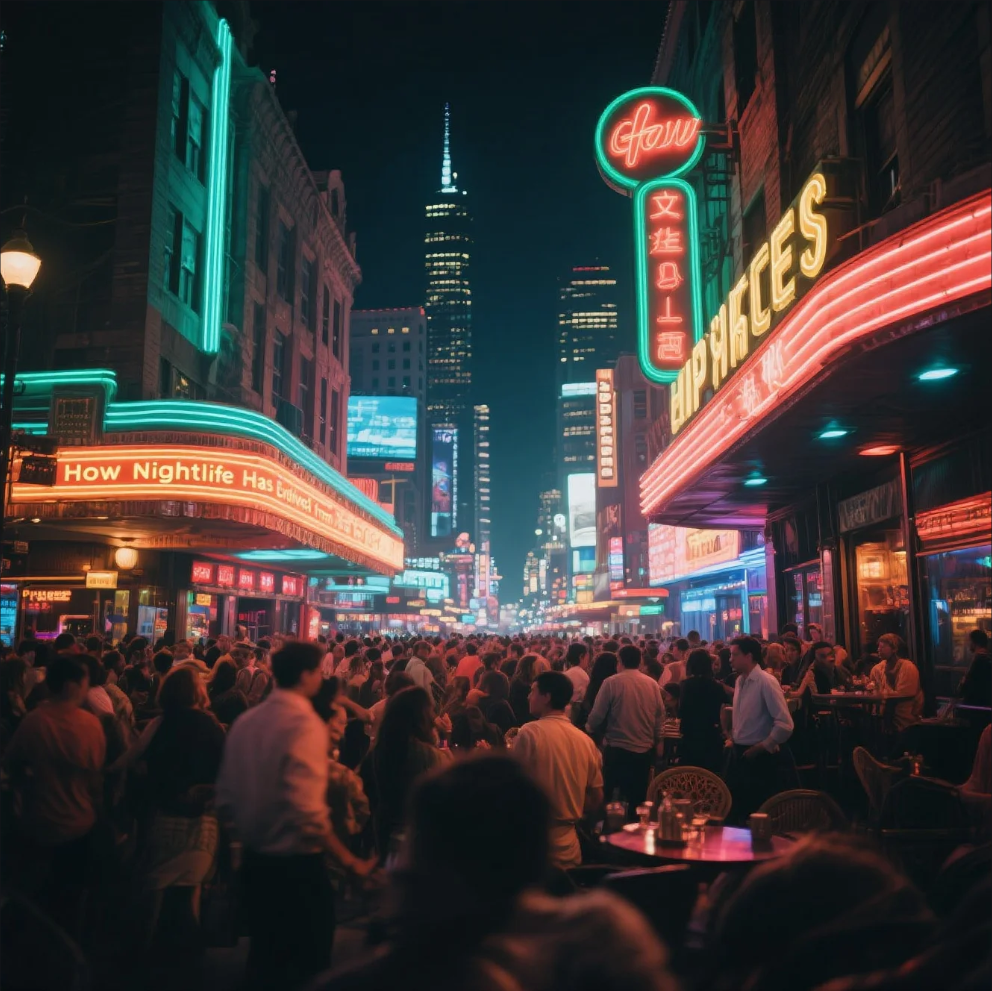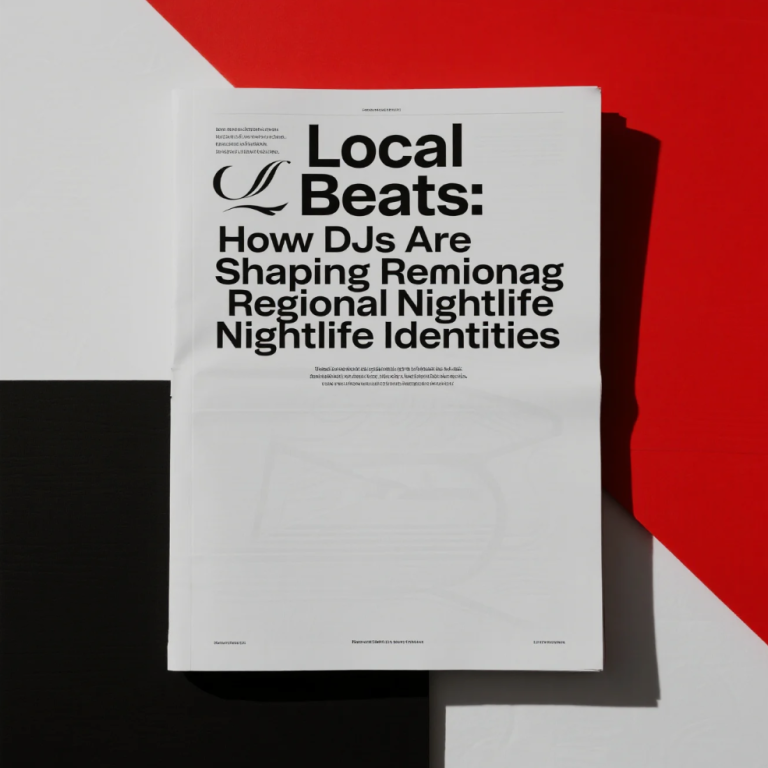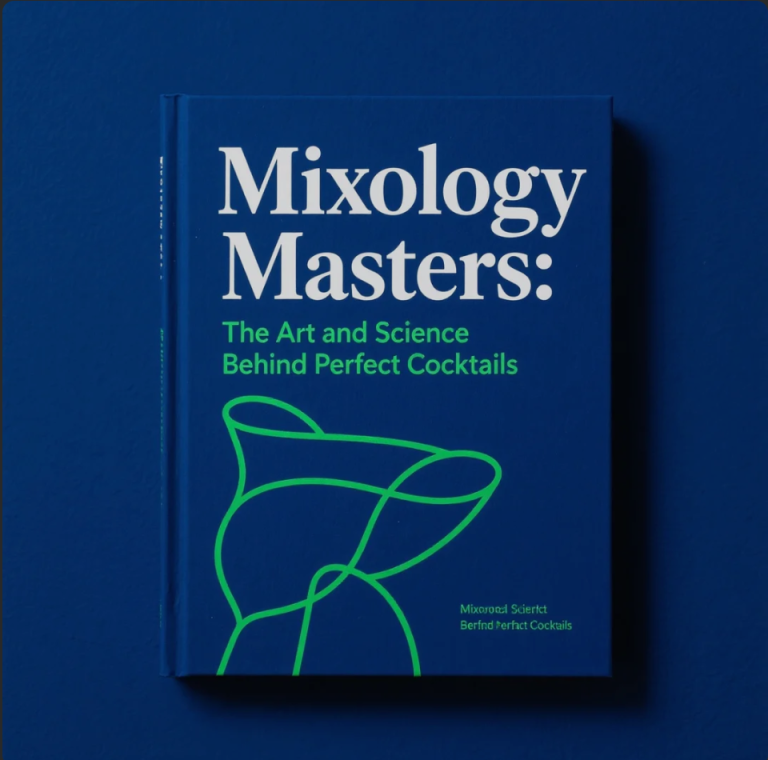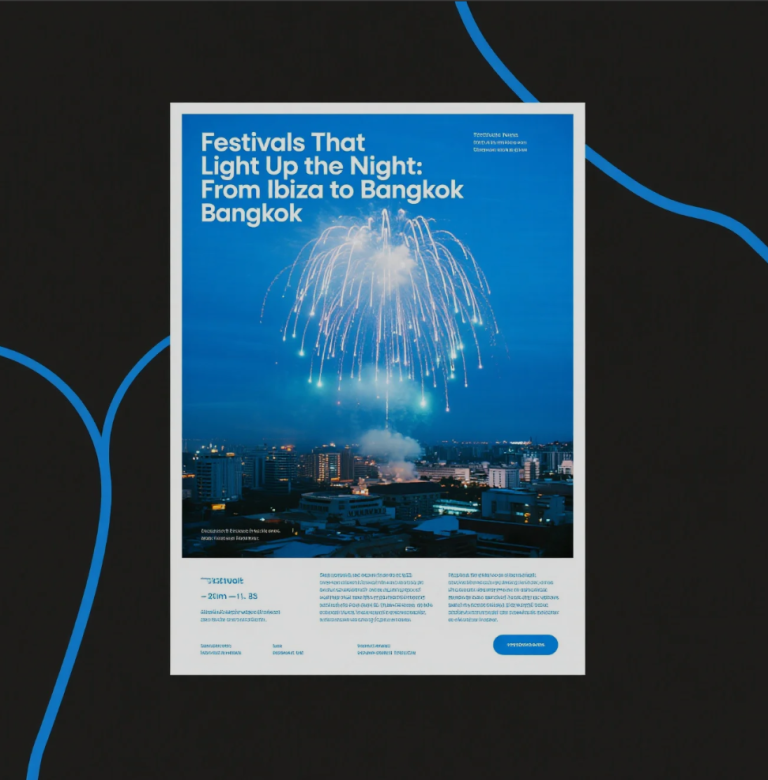
From candlelit taverns to neon-lit clubs, nightlife has always been a reflection of culture, music, and society. Over the centuries, the way people gather, celebrate, and enjoy evenings has transformed dramatically. Let’s explore how nightlife has evolved from the past to the present day.
1. Ancient Gatherings: Feasts and Festivals 🍇🥂
In ancient civilizations like Greece and Rome, nightlife often revolved around banquets, theater, and festivals. These gatherings were about food, wine, music, and community celebration.
2. The Rise of Taverns and Inns 🍻
During the Middle Ages, taverns and inns became central hubs for social interaction. Travelers and locals alike gathered to drink, share stories, and listen to music.
3. Jazz Age & Dance Halls 🎷💃
The 1920s brought the jazz age, where nightclubs and speakeasies thrived despite prohibition in some countries. Dance halls became hotspots for music, fashion, and social change.
4. The Disco Era & Nightclubs of the 70s 🕺🌈
The 1970s disco movement revolutionized nightlife with vibrant dance clubs, mirror balls, and eclectic fashion. Music became the heartbeat of the night, and clubs became cultural icons.
5. The Rise of Electronic Music & Raves 🎧
By the 1980s and 1990s, electronic dance music (EDM) shaped nightlife into massive raves and festivals. Technology allowed DJs to create new sounds, transforming nightlife into immersive experiences.
6. Modern Nightlife: Diversity & Digital Influence 📱🍹
Today, nightlife is more diverse than ever—ranging from rooftop bars and cocktail lounges to massive festivals and virtual events. Social media and digital platforms now play a huge role in shaping where and how people spend their nights.
Conclusion
Nightlife has evolved from intimate gatherings and taverns to global festivals and digital experiences. While styles and trends change, one thing remains the same: nightlife continues to be about connection, celebration, and expression.
Another article:



